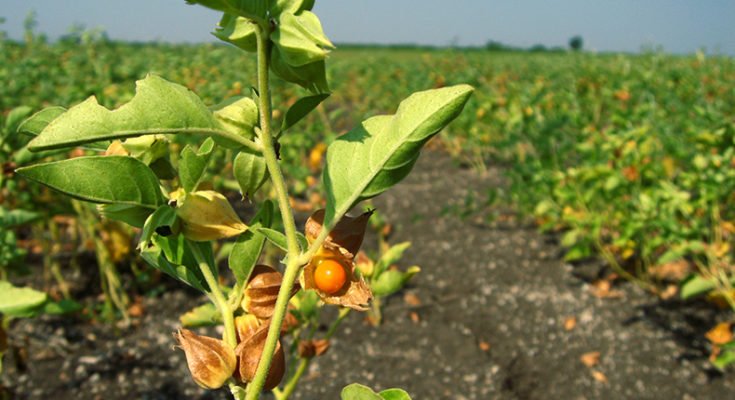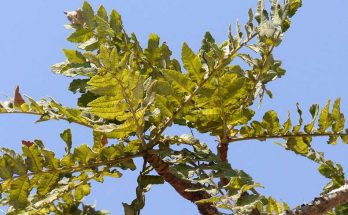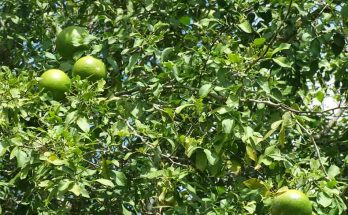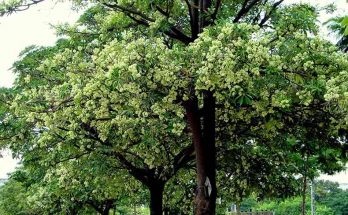Ingredient in Ashwagandha can damage the infectious protein of COVID-19. Image Courtesy – https://www.pukkaherbs.no
Major research on Indian Ayurveda has been started at the Indian Institute of Technology at Delhi to prevent Covid-19 infection. The National Institute of Advanced Industrial Science and Technology (AIST), one of the largest science research firms in Japan, conducted the study in collaboration with Delhi IIT at the initiative of the Union Ministry of AYUSH.
The Union Ministry of AYUSH had mentioned earlier about the benefits of four ayurvedic medicines like ‘Ashwagandha’ (Withania Somnifera), ‘Licorice’ (Glycyrrhiza glabra), ‘Giloy’ (Tinospora Cordifolia) and ‘AYUSH 64’ to prevent corona infection. Scientists at Delhi IIT say they have found an ingredient in Ashwagandha that can damage viral proteins of the coronavirus.
Ashwagandha (Withania Somnifera) may be the biggest hope in Ayurveda to prevent coronavirus infection, says D Sundar, a professor and scientist who led the research. He is in charge of joint research at the Department of Biotechnology in India and the National Institute of Advanced Industrial Science and Technology of Japan.
The scientists told that their study had been accepted for publication in the Journal of ‘Biomolecular Structure and Dynamics’, and it would be published in a short period of time.
Read: Magic herb Giloy against virus and bacteria
Scientists say that the main infectious protein of coronavirus is ‘Main Protease’ (Mopar). This protein helps the virus to replicate and grow in numbers. If you want to conquer the corona, you have to target this protein first. Withanone (Wi-N), an ingredient found in Ashwagandha (Withania Somnifera), can bind to this protein and break it down. Scientists have added another ingredient, ‘Caffeic Acid Phenethyl Ester’, into this ingredient. Laboratory tests have shown that the combined effect of these two ingredients has been able to break down the original infectious protein of the coronavirus and also made it inactive.
This research-oriented information of the present days to prevent the current threat of disease is already described in ‘Charaka Samhita’ and ‘Susruta Saṃhita’ – a collection of texts in the Sanskrit language. The ‘Charaka Samhita’ consists of 8 books and 120 chapters with theories of the human body, mythical explanation, symptomology and treatment for a wide range of diseases. The Charaka Samhita also have provisions on hygiene, diet, prevention, medical education, the teamwork of doctors and nurses that are important for the recovery of a patient. This traditional system of treatment practised in India in the 6000 BC where Ashwagandha (Withania Somnifera) was used as a ‘Rasayana’.
The roots of Ashwagandha smells like a horse and it gives the power like a horse on consumption on a regular basis. That is the reason why it is called Ashwagandha. The components generally found in Ashwagandha (Withania Somnifera) are alkaloids, steroidal lactones, saponins etc. Among the alkaloids, Anahygrine, Isopelletierine, Anaferine, Cuseohygrine are important. Ashwagandha consists of steroidal lactones like Withanolide and Withaferin. Withanolide is composed of a steroid structure that is attached to a lactone or its derivatives.
The resource is present from the very primitive age, but combined research and development should be emphasized. A bridge-up of modern scientific research and the study of ancient literature is necessary to bring back the golden era of the past.





